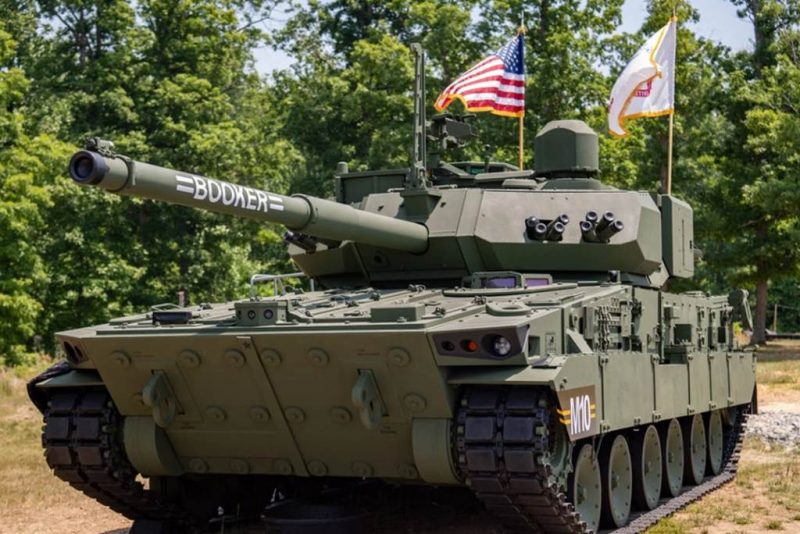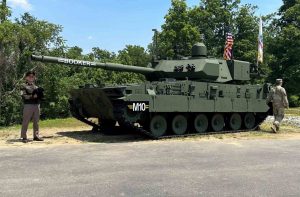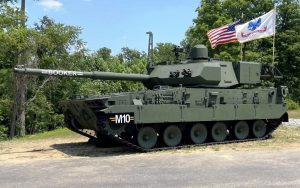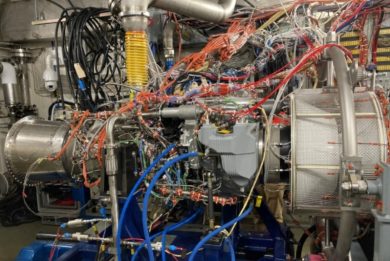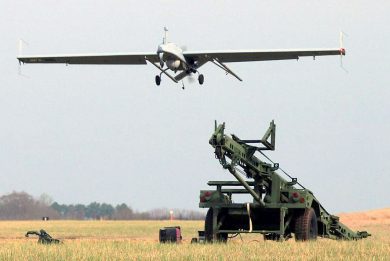IAV 2024 – US Army: M10 Booker, a thorough test for MTA
At the International Armoured Vehicles Conference organised by Defence IQ, which took place January 21-25 in Twickenham, London, the US Army detailed the current status of the M10 Booker programme and provided an evaluation of the new Middle Tier Acquisition (MTA) development procedure
Previously known under the definition of Mobile Protected Firepower, in June 2023 the US Army renamed its new infantry direct fire support vehicle as the M10 Booker. Its name refers not to one but to two Army military killed in action, Private Robert Booker, a posthumous recipient of the Congress Medal of Honor for its actions in Tunisia in World War II where he was killed in 1943, and Staff Sgt. Stevon Booker, killed in Baghdad in 2003.
The new system was probably the first to be developed following the MTA path, a rapid acquisition interim approach aimed at delivering a capability in a short period, 2 to 5 years, exploiting rapid prototyping.
In the mid-2010 the US Department of Defence set new procedures to reduce the development and fielding time. The rapid prototyping path provides for the use of innovative technologies and new capabilities to rapidly develop fieldable prototypes to demonstrate new capabilities and meet emerging military needs. The objective of an acquisition programme under this path is fielding a prototype that was successfully demonstrated in an operational environment and providing a residual operational capability within five years of the program start date. Virtual prototyping models are acceptable if they result in a fieldable residual operational capability. The rapid fielding path provides for the use of existing products and proven technologies to field production quantities of new or upgraded systems with minimal development required. The objective of an acquisition programme under this path is to begin production within six months and complete fielding within five years of the MTA program start date. MTA programme production start date will not exceed six months after MTA programme start date without Defence Acquisition Executive waiver.
The M10 MTA/Rapid Prototyping was given approval in September 2018 leading the two selected contractors, General Dynamics Land Systems (GDLS) and BAE Systems, to produce 12 platforms each for test and evaluation purposes, as well as some structures for ballistic and blast tests. Lethality, survivability, both physical and cyber, and other hardware and software testing activities were carried out, however probably Soldier Vehicle Assessment was what allowed to consistently trim the vehicle to users’ needs, leading to several changes in the vehicles that have now been incorporated into the selected GDLS proposal.
Shortly after the Milestone C approval in Q3 FY22 a Low-Rate Initial Production (LRIP) contract was issued to produce 96 M10 Bookers. LRIP 1 includes the production of 28 vehicles; according to data provided at IAV 2024 seven M10s will be dedicated to technical tests while 13 will be given to the users for operational testing. First deliveries are expected in February 2024 with the last LRIP 1 M10 to be delivered in Q1 FY25, with LRIP 2 deliveries starting in Q1 FY25 aimed at the First Unit Equipped (FUE), and LRIP 3 ones in Q1 FY26. Tests will run until mid FY25, while late FY24 will see the beginning of the Initial Operational Test and Evaluation phase. In parallel the Technical Manuals validation and verification as well as logistic demo and verification will be carried out.
According to the US Army the M10 Booker programme provided lessons learned on the new MTA methodology. First, you must continue to develop Milestones documents such as Life Cycle Sustainment Plan, Test and Evaluation Master Plan, System Engineering Plan and so on, in view of the following acquisition phase.
Technical reviews such as the Design Maturity Review (what was previously known as Critical Design Review) must be tailored to programme needs. Soldier touch points must be exploited as well as operational assessments and field exercises to de-risk the formal Operational Test phase. And finally sufficient time must be kept at the end of the MTA to complete the test report that will support Milestones decisions.
To fully exploit the MTA process the US Army briefing listed a number of “watch items”. Concentrating too much on technology and performances might lead to a lack of focus on other key issues such as logistic, reliability and testing. Another key point was linked to the right moment to start putting the system under development in soldiers’ hands; doing it too early might prove negative, as if the system has too many problems this may lead to an unfavourable first impression that will then be difficult to reverse even once the system works properly. Exit and down selection criteria may change, as during the programme you might end up with different requirements and priorities. Defining rules of engagement and practices to deal with contractors that prevent integrity violations but allow to properly share lessons learned is of paramount importance, as well as minimising contract changes.
The positive issue of the MTA procedure is that it allowed reducing the number of formal reporting on testing, although this was obviously done internally, saving time, and speeding up the process. In fact, flexibility is probably the right word to use to sum up the story of the M10 Booker development, which Full Rate Production should start in Q2 FY25 with first production vehicles deliveries in Q1 FY27. First Unit Equipped is expected in Q1 FY26, this receiving 42 LRIP M10s.
The M10 Booker is a 40 tons class tracked vehicle with a 38,100 kg combat mass, is powered by an MTU 8V199 15.9 litres 600 kW (800 hp) diesel engine coupled to an Allison 3040 MX transmission and is fitted with hydropneumatic suspensions. Its maximum speed on road is 70 km/h and its range on road over 550 km. Its dimensions, the M10 is 6.85 metres long, 2.4 metres wide and 3.65 metres high, ensure good mobility even in urban environments, the tracked solution allowing pivot turning.
Designed to be able to provide the Army’s Infantry Brigade Combat Teams a protected, long-range, precision direct-fire capability, the M10 has a crew of four, and is armed with an M35 105/52 mm rifled gun with a 7.62 mm coaxial gun, two clusters of four smoke grenade launchers each being fitted on the two front sides of the turret. The main gun is capable to fire HEAT (shaped charge), HESH (squash head) and APFSDS (kinetic energy) rounds that should still be present in US Army inventory, which provide great flexibility in terms of terminal effect at reduced cost; smoke rounds also exist. According to available information an M10 should carry 42 105 mm rounds, no official data being available. Maximum ergonomic commonality was maintained with the M1A2 Abrams main battle tank turret to reduce training issues.
Photos courtesy US Army

